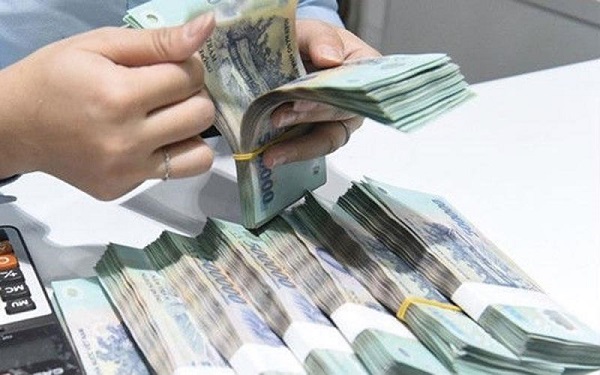 |
The credit quota mechanism (credit room) has been maintained for more than ten years, and is a tool for the State Bank of Vietnam (SBV) to control credit quality and scale as well as serve other macroeconomic goals. However, this administrative tool, which is heavily dependent on asking and giving, has received mixed opinions, and in some cases, it limits customers' access to capital when banks run out of "room".
Many opinions say that it is time for the State Bank to abandon the credit room allocation mechanism, partly because the development of the banking industry is now approaching international risk management standards.
However, there are also many concerns, saying that eliminating the credit room needs careful calculation and a roadmap, otherwise it will be a repeat of the same mistakes. In the past, more than a decade ago, hot credit growth and the interest rate race caused macroeconomic instability, which was also the reason why the State Bank had to introduce the credit room mechanism.
Lessons from the period of "hot" credit growth
During the period 2006-2010, the Vietnamese banking system witnessed a period of galloping credit growth, with an average increase of about 36% per year, especially high in 2007 (51.54%) and 2009 (37.53%). The credit/GDP ratio also jumped rapidly, from 60.6% in 2005 to 106.6% in 2010.
This development was the result of fierce competition among credit institutions at that time, aiming to mobilize capital to meet the increasing demand for loans. However, the actual credit flow was into high-risk areas such as securities and real estate, leading to an interest rate race and an escalation of bad debt in the banking system.
The biggest consequence is the loss of control over credit quality and macroeconomic instability. Bad debt increased rapidly, many credit institutions were at risk of losing liquidity, leading to macroeconomic instability. Inflation also increased, peaking at 19.89% in 2008 and remaining at double digits until 2011.
This reality forced the State Bank to take drastic measures, including introducing a mechanism to apply credit "room" to each credit institution since 2011 to stabilize the monetary market and control inflation.
Thanks to this strict control measure, credit growth has decreased to a safe level. Management is carried out in a cautious, gradual and flexible manner according to market conditions, ensuring the synchronization of necessary conditions.
In the following years, credit growth was maintained at around 12-14%. Major balances and long-term goals were also ensured, such as inflation below 4%, macroeconomic stability, and credit institutions were encouraged to improve their management capacity and operational safety index.
Bad debt is increasing faster than credit growth and concerns about leaving room
After a long period of maintaining the credit room mechanism, the macro economy is stable, and the health of banks is better than before, the story of removing the credit room is raised.
The disadvantage of the credit room mechanism is that it is heavily administrative and requires-grants, reducing the flexibility and initiative of credit institutions as well as limiting customers' access to capital when banks run out of "room". The credit room tension occurred at the end of 2022, when bank capital flows were blocked, a series of businesses complained of lack of capital because banks ran out of room. Therefore, many opinions suggested that the State Bank of Vietnam abolish the credit room management mechanism.
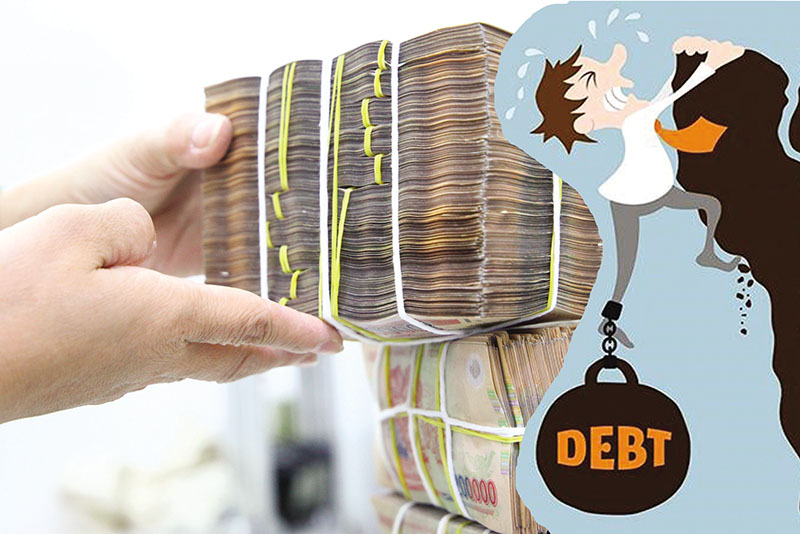 |
| Bad debt is increasing rapidly, leading to concerns if credit is "released" |
However, on the other hand, there are also many opinions that credit room is still necessary. In a report sent to the National Assembly in early 2024, the State Bank of Vietnam said that the biggest difficulty in eliminating the "credit room" mechanism is the specific nature of Vietnam's economy, which depends on capital from banks. So far, this specificity has not changed. The pressure to balance capital for the economy continues to weigh heavily on the banking system, posing risks of maturity and liquidity mismatches.
"With Vietnam's unique economic conditions, if banks increase credit growth without control measures, the system may return to the state of hot credit growth as in the period before 2011," the State Bank's report stated.
The agency is also concerned that removing the credit room will cause bad debt to increase rapidly, threatening the safety of the banking system and the risk of macroeconomic instability and inflation. Therefore, maintaining the credit limit tool is necessary.
In fact, bad debt has been increasing rapidly recently. In 2024, bad debt in the entire banking industry increased by 17% in scale. In particular, bad debt group 5 (debt with the possibility of losing capital) of 27 listed banks increased by 43%.
FiinRatings statistics also show that from 2022 to 2024, the growth rate of bad debt will always be higher than the credit growth rate.
How to leave room properly?
According to analysts, removing the credit room management mechanism is necessary, but in the context of potential inflationary pressure and high national debt risks, the roadmap to remove this mechanism must be carefully considered to ensure macroeconomic stability.
Associate Professor - Dr. Nguyen Huu Huan, Ho Chi Minh City University of Economics, also emphasized that completely eliminating the "room" mechanism is not something that can be done immediately, but requires a careful and long-term preparation process, to avoid repeating the negative consequences of the past when there was no credit room, the elimination of this tool must follow a certain roadmap.
In the initial phase, experts believe that the State Bank can experiment with large banks that have the best capital safety and performance indicators, while the remaining banks still have to allocate credit according to limits.
This will create incentives and disincentives for banks to improve their governance and operational efficiency in order to join the top group.
“Increasing credit for banks is a positive thing, but banks that want to remove the allocation mechanism must meet certain criteria and conditions,” suggested Dr. Nguyen Tu Anh, former Director of the Center for Economic Information, Analysis and Forecasting, Central Economic Committee.
In a report sent to the National Assembly in May 2024, the State Bank of Vietnam said that the removal of this measure needs to be cautious, with a roadmap and implemented step by step in accordance with market conditions.
Earlier this year, the State Bank's leaders affirmed that the State Bank will innovate its management measures and have a roadmap to gradually reduce and eventually eliminate the allocation of credit growth targets for each bank.
Experts recommend that in case the credit "room" allocation mechanism is abolished, the State Bank must have measures to control money supply as well as control credit quality and classify strong and weak banks. The tools for control are capital safety indicators, performance indicators of credit institutions, etc.
In addition, the State Bank must speed up the restructuring and handling of bad debts throughout the system as well as improve governance standards of credit institutions.
Source: https://baodautu.vn/no-xau-chay-nhanh-hon-tin-dung---noi-lo-khi-tinh-toan-bo-room-d265415.html



![[Photo] Prime Minister Pham Minh Chinh receives leaders of Excelerate Energy Group](https://vphoto.vietnam.vn/thumb/1200x675/vietnam/resource/IMAGE/2025/5/29/c1fbe073230443d0a5aae0bc264d07fe)


![[Photo] Prime Minister Pham Minh Chinh attends the event "Digital transformation of the banking industry by 2025"](https://vphoto.vietnam.vn/thumb/1200x675/vietnam/resource/IMAGE/2025/5/29/0e34cc7261d74e26b7f87cadff763eae)





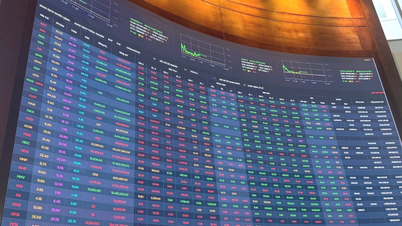

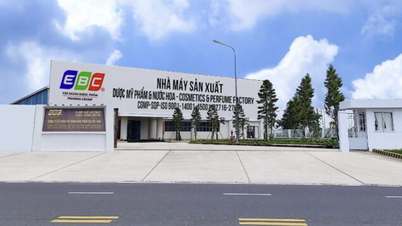









































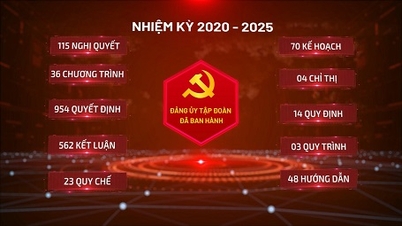













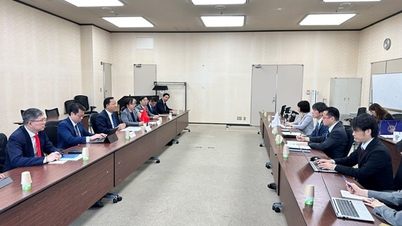






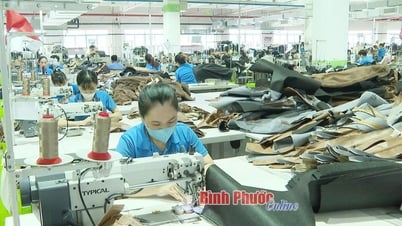





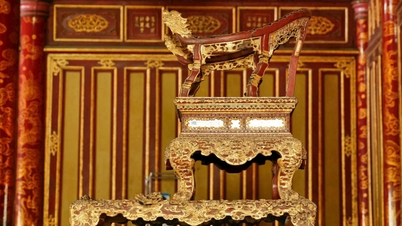
















Comment (0)